
More awareness needed over stroke's disease burden in India: report
Only one in five is aware of the risk factors of stroke in the country.
Improved awareness about the warning signs and risk factors of brain stroke at all levels of care in India will not only help save lives but also reduce a growing disease burden in the country, according to a report from GlobalData.
The report noted that acute ischemic stroke (AIS) is the fourth leading cause of death, as well as the fifth leading cause of disability in India. The growing incidence of the disease has been blamed partly on a lack of disease awareness.
According to ‘GlobalData’s Pharmaceutical Intelligence Centre, the incidence of stroke in India ranges between 104 and 105 per 100,000 people per year, with an expected increase in diagnosed incident cases from 6.2 million in 2022 to 6.7 million in 2027. This represents an annual growth rate (AGR) of 1.7%.
READ MORE: Gene therapy research in India sees growing investment
In a consumer survey by pharmaceutical company Boehringer Ingelheim (BI), based on 4,742 respondents across 12 cities in India, it was revealed that only 22% of them were aware of brain stroke and its risk factors, with awareness level dropping to a meagre 10% with respect to stroke-related treatment options.
Atulana Dey, pharma analyst at GlobalData, noted that some of the factors adding to the disease burden include an ageing population, and susceptibility to cardio-metabolic dysfunction due to a more vulnerable race and ethnicity.
Moreover, other risk factors like hypertension and type 2 diabetes, which have exacerbated stroke prevalence and incidence, as well as limited awareness among the population surrounding this disease have been adding to the burden, she said.
The current treatment options for stroke in India vary with the severity of the situation, GlobalData said. Intravenous administration of recombinant tissue plasminogen activator (TPA) within 4.5 hours of the stroke episode is the gold standard of first-line treatment.
Owing to increased stress, anxiety and unhealthy food lifestyle that has developed rapidly over the last decade, the age group of 18–50 is equally prone to this debilitating condition as is the ageing population, GlobalData said.
Dey urged the government and key companies to “join forces and act on the unmet need of creating an enhanced understanding of stroke symptoms, risk factors, treatment options and preventative measures” amidst growing stroke incidence.
“Improved knowledge of the disease will not only help patients and families identify the condition, but a prompt response within a few hours of identification can also help save lives by limiting the overall long-term physical and neurological damage,” she said.
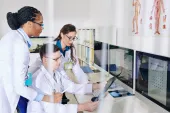

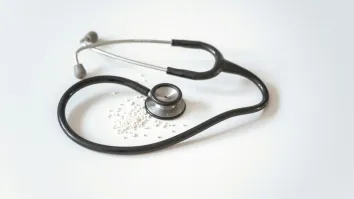


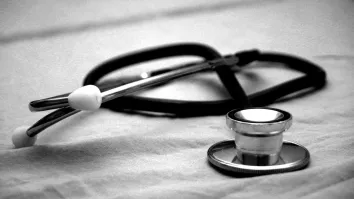









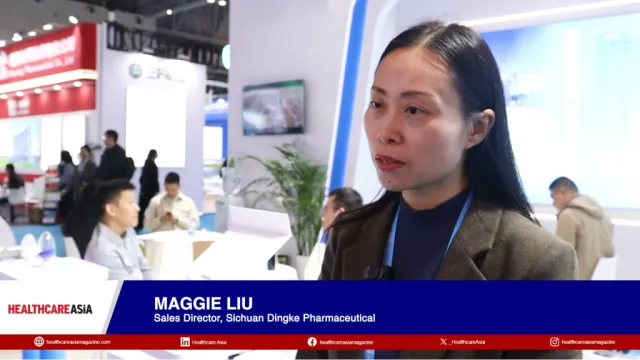

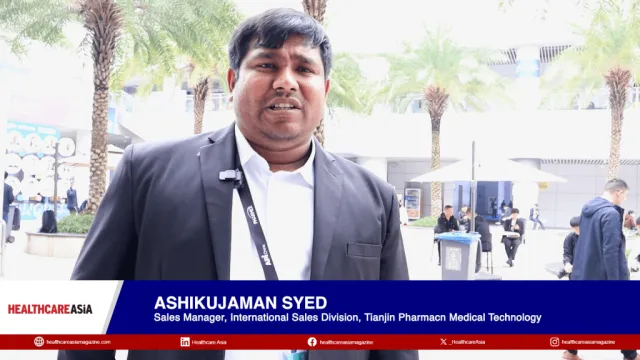

 Advertise
Advertise





